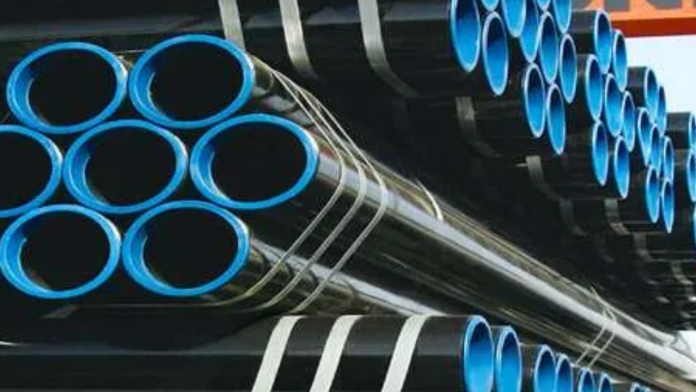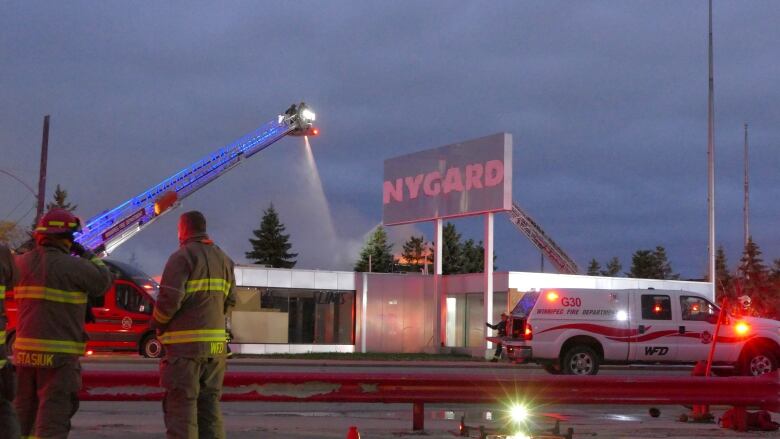Pipe machining is a significant element of modern assembly, incorporating various techniques intended for changing crude line material into specially crafted parts suitable for different projects. The framework includes cutting, measuring, and forming the line to satisfy interesting prerequisites, ensuring accuracy and usefulness in the result. Pipe materials, serving as the foundation of various business applications, ensure the precision of the final product.
Whether it’s making elaborate parts for the aviation age or building solid frameworks for oil and gas pipelines, the adaptability of line machining assumes a significant role in gathering different business wants. The excursion from a key line to a particular viewpoint incorporates a progression of forming procedures, each custom-made to achieve the favored result.
Accuracy slicing strategies are utilized to cut the line material into the predefined aspects, while predominant forming techniques transfer precarious data and usefulness to the added substances. The pipe machining process is the foundation of contemporary business creation, allowing the appearance of custom-tailored added substances that pressure development and execution in different areas.
Essential Pipe Machining Operations For Steel Material
Pipe machining tasks are fundamental in changing crude steel substances into helpful parts for a horde of modern applications. some of the variety of machining procedures pipe end stringing, cutting, swaging, inclining, opening penetrating, punching, twisting, cutting, and tightening with the overlap stand apart as basic cycles. this article digs into every activity, explaining its significance, strategies, and projects in metal line machining.
Pipe End Threading
Pipe end threading is a machining activity significant for making threads outwardly close to the floor of the line. This cycle allows the association of lines with thread fittings or embellishments, typically utilized in plumbing, development, and mechanical frameworks. Threading machines or bites of dust are for the most part utilized to ensure exact string profiles, working with secure and sealed associations in different modern applications.
Pipe End Grooving
Pipe end grooving involves framing grooves along the closures of lines to work with jointing with grooved fittings. This way improves pipe adaptability, works on the establishment, and ensures secure associations in hearth wellbeing, air conditioning, and water system structures. Grooving machines prepared with particular tooling are utilized to accomplish the right grooves, adjusting to groove details, permitting effective gathering and upkeep of funneling frameworks throughout various businesses.
Pipe End Swaging
Pipe end swaging is a machining activity that includes changing the width of the line end to oblige fittings or fit mating pipes. This framework is significant in funneling structures requiring changes between various line sizes or while joining various lines. Swaging machines, whether water-driven or mechanical, are used to achieve exceptional layered changes while keeping up with the underlying honesty of the line material.
Pipe End Beveling
Pipe end beveling is the manner of creating beveled edges on pipe ends to facilitate welding, enhance joint strength, and ensure proper fit-up in pipeline construction and repair. This machining operation is critical for achieving easy transitions among pipe sections, reducing the risk of weld defects, and enhancing ordinary structural integrity. Beveling may be performed manually, with the use of grinding tools, or with automatic machines ready with reducing tools for precise attitude adjustments.
Hole Drilling and Munching
Hole drilling and punching are machining operations important for developing openings via pipe walls those methods accommodate fasteners, connections, or passages essential in structural applications. Techniques range from traditional drilling to punching machines, capable of specific hole placement and dimensioning advanced CNC systems provide similar precision, making sure of accurate hole geometry and alignment, critical for preserving integrity in diverse industrial settings.
Pipe Bending
Pipe bending is a machining operation that involves curving pipes to fulfill unique layout requirements, which includes navigating around barriers or conforming to architectural layouts. Mandrel-based or roll-forming bending machines are typically used to gain unique bends without compromising pipe integrity. This procedure is essential throughout industries from car to aerospace, ensuring the introduction of additives with as it should be fashioned curves to satisfy practical and aesthetic demands in various applications.
Remarks
Pipe machining tasks are imperative in molding metal materials into flexible parts that are significant for different modern projects. From stringing and scoring to twisting and cutting, each activity adds to the usefulness, solidity, and productivity of channeling frameworks and designs. The information about machining approaches engages producers to satisfy severe top-notch prerequisites, stick to project determinations, and develop in the consistently advancing domain of steel pipe creation.











